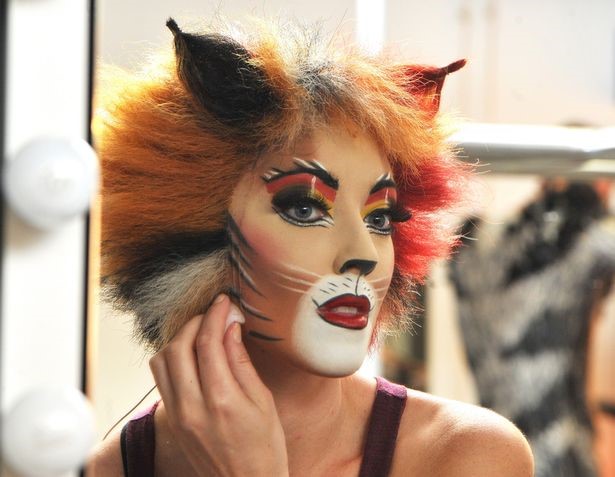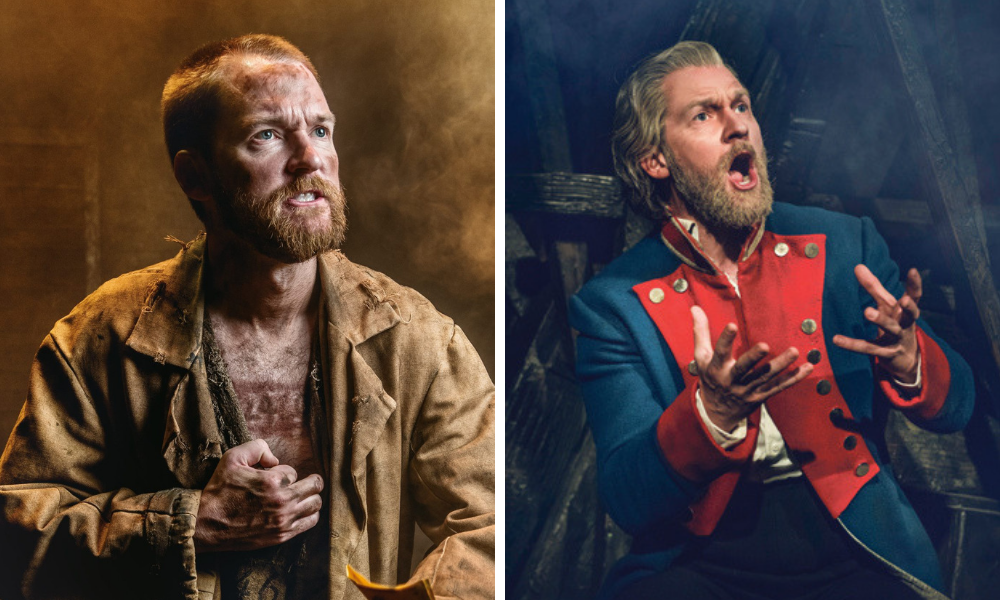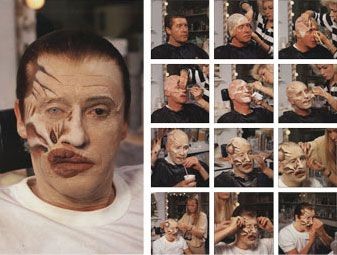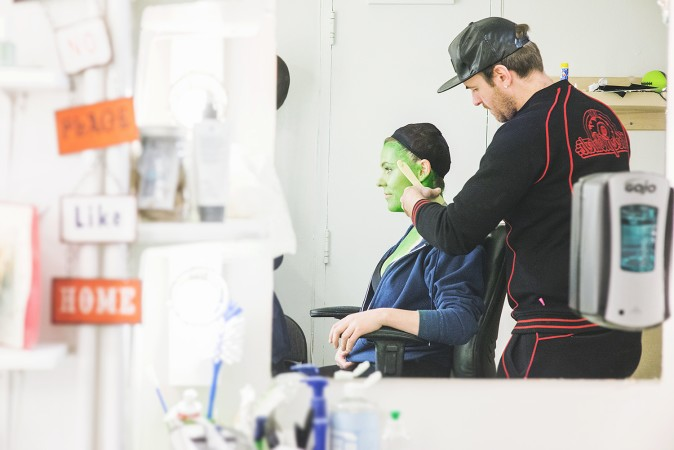ICONIC HAIR AND MAKE-UP FROM MUSICAL THEATRE
Friday, November 16, 2018
Musical theatre has given us some of the most iconic character looks. Hair, make-up and costume all come together to transform actors for the stage and wow audiences night after night.
For make-up artists, working in theatre is one of the most challenging and rewarding roles. It’s a fast-paced environment that relies on your speed and accuracy. And make-up artists might be required to use a range of skills and techniques – from wig application and maintenance, to ageing techniques and drag make-up.
What is theatrical make-up?
Theatrical make-up is used to either enhance or totally transform the looks of actors for a theatre production.
It usually requires artists to be versatile, it’s not unusual for a make-up assistant to apply make-up, style actors’ hair and apply wigs. So, training in a range of skills is essential.
But theatre make-up can be showstopping, and the sense of accomplishment is worth the hard work. Take a look at 5 of the most recognisable hair and make-up looks in theatre, and the hard work that goes into creating them.
CATS (1981) –
Cats opened in the West End in 1981 and ever since the costumes and make-up worn by the cast have become recognisable around the world.
For each performance the actors need to be transformed into cats. Designer John Napier came up with the concept for the characters’ looks, he wanted to make sure not “to lose the human being in the cat guises”.
So, the make-up works to blend human and feline features, almost like an optical illusion. Different shades of foundation are used to contour the face and features are painted on in sharp and dark lines to stand out on stage.
The wigs are also unique, featuring cat-like patterns and shapes. Unlike most theatrical wigs which are made from human hair, the wigs in Cats are made from Yak hair. This gives the wigs a fluffier texture which stands on end like whiskers.

Photo credit: Birmingham Live
Les Misérables (1985) –
Set in 19th century France, Les Misérables calls for period hair and make-up. The show also features characters from a range of classes – from convicts to aristocrats, so the looks are diverse.
Each performance of Les Misérables requires 31 period wigs which need to be cleaned and reset after each show.
The lead character, Jean Valjean goes through several changes - first appearing as a convict, then a mayor so his make-up and costume are changed during the show to reflect this.
In the first scene, the actor has minimal make-up, a shaved head and is covered in dirt. Later in the show, his look is cleaner and productions like the West End have used wigs and facial pieces like sideburns to accentuate the change in class.
As an added challenge for hair and make-up artists working on the show, the storyline takes place over 15 years. In the final scenes, ageing techniques are used to make Jean Valjean appear older.
The picture below shows Killian Donnelly as Jean Valjean at the beginning and end of the show.

Photo credit: Matt Crockett
The Phantom of the Opera (1986) –
Another iconic principal character from musical theatre is the phantom in The Phantom of the Opera.
The story centres around a mysterious character who wears a mask to cover his disfigurement. It’s set in 1911, and hair and make-up are designed to reflect the era.
To create the look of the phantom, a bald cap is fitted on the actor and a wig applied on top. For the majority of the show, the actor wears a mask but it’s removed to momentarily show the character’s disfigurement, so it has to make an impact.
Special effects make-up is used to achieve the disfigurement. Prosthetics pieces are made to fit each individual actor – so the lead and understudy will have their own prosthetics. These are glued down, and make-up is blended into the wafer-thin edges for a seamless look.


Photo credit: mariabjornson.com
Hairspray (2002) –
Hairspray is set in the 1960’s, so big hair is a huge feature of the show. And that calls for a lot of wigs.
On the recent UK tour, 65 wigs were used per show, along with 3 cans of hairspray to set them!
But it’s one of the principal roles that has the most showstopping hair, make-up and costume - Edna Turnblad. This female character is traditionally played by a man, so it requires drag make-up to prepare the actor for the stage.
You can see how a theatre make-up artist prepares Damian Williams for the role on Broadway below. She starts by blocking out his eyebrows and drawing a higher brow for a more feminine look. The drag make-up is finished off with eyeshadow, blush and lipstick in pink hues to reflect the 1960’s setting before applying and styling the first wig.
Wicked (2003) –
Finally, one of the most showstopping make-up looks from musical theatre in recent years is that of Elphaba in Wicked.
The show is a re-telling of the Wizard of Oz, and Elphaba is already recognisable as the Wicked Witch of the West in the classic film. So, audiences of the stage show expect to see a similar look.
Elphaba is a technically complex look which requires the make-up artist to make the actress’s skin appear green. For the Broadway production, a green Chromacake foundation from Mac is used.
It’s applied using a hake (ha-kay) brush – a Japanese style brush made from synthetic or goat hair with a long flat handle. The brush can hold a lot of water making it perfect for covering large areas of colour. The actress’s face is then sculpted with a purple contour which contrasts well with green.
More make-up is added as the show goes on to show the character’s development – with darker and more dramatic eye make-up, so the make-up artist must do touch-ups and changes throughout the show.


Photo credit: Monica Simoes
If you want to learn more about the make-up techniques used in the theatre, and the skills it takes to be a make-up artist, take a look at our theatre and performing arts course, or get in touch to find out more.















